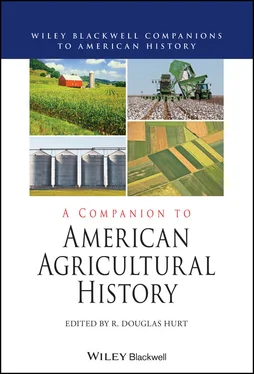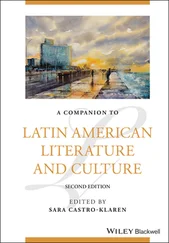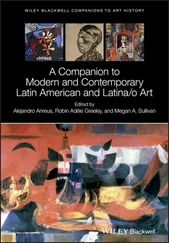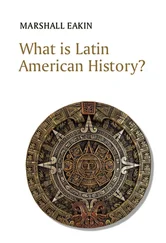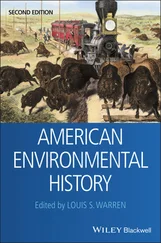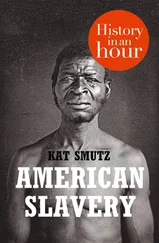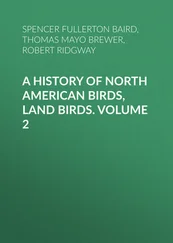A bibliography of post-Civil War southern agriculture must begin with the failure of federal policy during the Civil War to permanently topple the planter elite and confiscate and redistribute plantations. Although peripheral to reconstruction historiography, the story of the plantation’s survival resides within that tradition. It insured that the major sector of southern agriculture remained tied to monocrop agriculture, a new unfree labor system, and a failure to adopt mechanization. It took more than a half century and a Great Depression to move toward modern agricultural practices.
Willie Lee Rose’s Rehearsal for Reconstruction (1964) laid the historiographical groundwork for understanding the failure of federal policy during the war in terms of its impact on freedmen. Works by Roger Ransom and Richard Sutch, One Kind of Freedom (1977) and Jay Mandle, The Roots of Black Poverty (1978) added detail but also elaborated more fully on the emergence of the sharecropping system. Harold Woodman’s New South, New Law (1995) detailed the legal strictures that kept freedmen bound to plantations, and Pete Daniel’s Shadow of Slavery (1972) chronicled the rise of debt peonage. William Kiser’s Alternative Slaveries (2016) places the problem of peonage in a larger context by demonstrating that the first peonage law was enacted in New Mexico. In arguing that black sharecroppers were bound to southern plantations, Woodman and Daniel do not go unchallenged as Gavin Wright, Old South, New South (1986) traced considerable movement of plantation sharecroppers from east to west. Wright argues that market forces worked to their advantage. Steven Hahn, however, in A Nation under Our Feet (2003) emphasizes the role African Americans themselves played in the modest gains they made. Kenneth Barnes in Journey of Hope (2004) chronicles the decision by some to seek opportunity in Africa while Debra Reid and Evan P. Bennett in Beyond Forty Acres and a Mule (2012) turn to an understudied phenomenon: the ability of freedmen to purchase land and survive in the postwar period.
A major factor in the movement of plantations toward the West involved unsustainable agricultural practices that survived the Civil War. Erin Mauldin in Unredeemed Land (2018) and Paul Sutter in Now Let Us Praise Famous Gullies (2015) provide analyses of the implications of certain antebellum practices that depleted the soil and how these practices intensified in the postwar period. Mart Stewart in What Nature Suffers to Groe (1996) makes an interesting connection between antebellum era use of slave labor to perform tasks to address the damages associated with rice cultivation and the refusal of sharecroppers to perform these tasks without equitable recompense in the postbellum period.
A different transformation was taking place in non-plantation areas of the South and contributed to the popularity of the Farmers Alliance in the 1880s. Steven Hahn argues in The Roots of Southern Populism (1983) that small farmers were pulled into the market economy after the war and faced a host of problems, including indebtedness to merchants that threatened their very survival. The unwillingness of planter-controlled legislatures to address their needs led them to briefly abandon the Democratic Party. Populism’s popularity in the South is a major preoccupation of historians of the agrarian revolt, but C. Vann Woodward’s analysis in Origins of the New South (1951) remains an excellent source; Robert McMath’s American Populism (1992), a social history of the movement, is very useful in placing it in context; and Connie Lester in Up from the Mudsills of Hell (2006) offers a particularly cogent analysis of Tennessee farmers.
The emergence of an agricultural bureaucracy in the South in terms of the work of land-grant institutions established by the 1862 Morrill Land-Grant Act and the second Morrill Act of 1890 has been the subject of much discussion in the agricultural literature. The attempts of agricultural scientists to introduce modern agricultural practices and their growing influence has been a subject of much interest and debate. Most surveys of agricultural history are attentive to the subject but some are particularly noteworthy. Roy V. Scott’s The Reluctant Farmer (1970) chronicles the doubts of farmers in early years to 1914. His book stops with the passage of the Smith-Lever Act, an act that established the Cooperative Extension Service and the county agent system. James C. Giesen in Boll Weevil Blues (2011) provides a fascinating study of how the boll weevil threat, which occurred just as the county farm agent system was establishing itself, drove the planters and farm agents together. The success of their cooperative effort depended on the cooptation of African American sharecroppers. Meanwhile, three articles by Earl W. Crosby provide the best treatment of the development of black agricultural extension: “The Roots of Black Agricultural Extension” (1977); “Limited Success and Long Odds” (1983); and “The Struggle for Existence” (1986). In “I Have Been Through the Fire,” Jeannie Whayne examines the difficulties faced by black agricultural extension during the Civil Rights era (Whayne 2003 ).
While farm extension agents struggled to convince agriculturalists to adopt more sustainable practices, they had little to offer in the way of response to natural disasters. A worsening series of floods along the lower Mississippi River Valley contributed to the great Mississippi River flood of 1927 chronicled by Daniel’s Deep’n as it Come (1977) and John Barry’s Rising Tide (1997). Nan Elizabeth Woodruff’s As Rare as Rain covers the devastation of the drought of 1930–1931. Daniel and Woodruff make a fascinating connection between these disasters and the ability of planters to manipulate the situation to maintain their labor supply.
Pete Daniel’s Breaking the Land (1986) and Gilbert Fite’s Cotton Field’s No More provide analyses of the transformation of agriculture in the twentieth century, and a key part of their analyses focuses on the New Deal. Explorations of tenant and sharecropper discontent during the 1930s chronicle an institution on the threshold of profound change. Robin D. G. Kelly’s Hammer and Hoe (1990) analyzes an all-black Sharecroppers Union founded in Alabama in 1930. Its association with supportive American communists made it vulnerable but no more so than an integrated organization founded by socialists in Arkansas in 1934 to resist New Deal policies that threatened tenant and sharecropper survival. Donald Grubb’s, Cry from the Cotton (1971) is a helpful source for STFU and Jarod Roll’s The Gospel of the Working Class was shaped by religion in the boot heel of Missouri. The New Deal was just the first step toward transforming the South. The second step came with World War II with the ending of the brief labor surplus that arose during the 1930s with the advent of the crop reduction program, and a labor shortage arose. The best source on this remains Wayne D. Rasmussen’s A History of the Emergency Farm Labor Supply Program (1951) as a USDA monograph.
The plantation system was transformed by the New Deal and World War II, but not destroyed. Arthur Raper’s Machines in the Cotton Fields (1946) and James Street’s New Revolution in the Cotton Economy (1957) are useful early works. Donald Holly’s The Second Great Emancipation (2000) offers a useful if provocative analysis. Pete Daniel’s Breaking the Land (1986) and Jack Temple Kirby’s Rural World’s Lost (1987) chart the evolution of the transformation, and R. Douglas Hurt’s The Green Revolution in the Global South (2020) provides a broader context. In Toxic Drift (2005), Pete Daniel explores the use of a greater variety of chemicals and in Dispossessed (2013) he analyzes the role of the USDA in undermining black landownership during the post-World War II transformation. James C. Cobb’s Industrialization and Southern Society , 1877–1984 (1984), explores the post-World War II transformation’s impact on agricultural towns and communities throughout the South. Charles Aiken’s The Cotton Plantation South since the Civil War (1998) tracks the long-term transformation and is especially insightful in his analysis of the post-World War II readjustment in terms of the cotton economy, labor relations, and Civil Rights. Tobacco farmers faced an additional problem: the recognition that their product was a health hazard. Three books chronicle the evolution of tobacco cultivation: Barbara M. Hahn, Making Tobacco Bright (2011); Evan P. Bennett, When Tobacco Was King (2014); and Drew A. Swanson, A Golden Weed (2014).
Читать дальше
